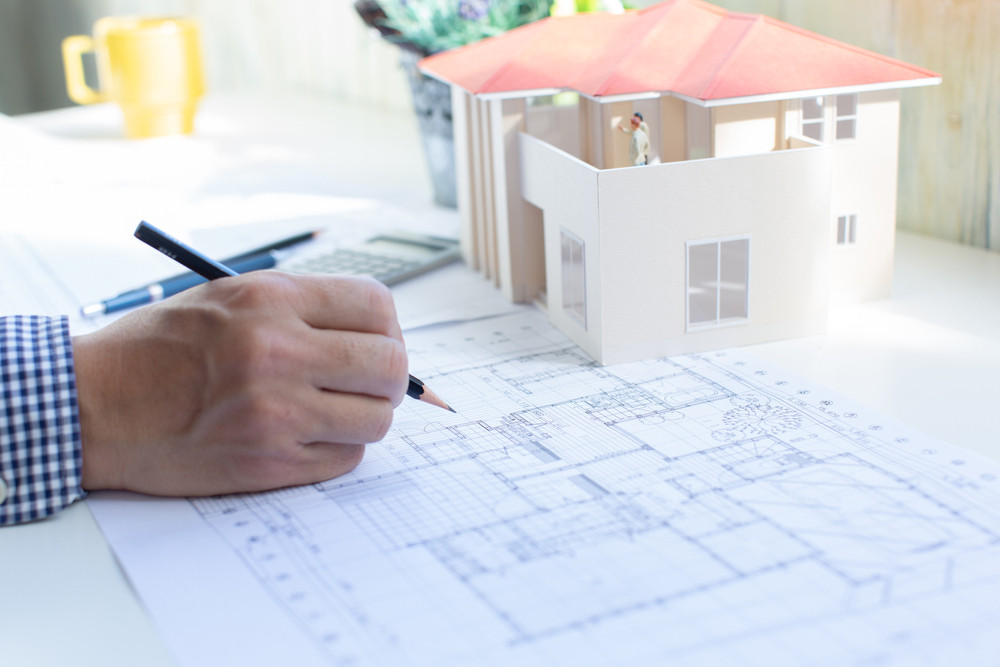Discover Prize-winning Jobs by Popular CDA Architects
Discover Prize-winning Jobs by Popular CDA Architects
Blog Article
The Crucial Function of a Designer fit Sustainable Urban Environments for Future Generations
The duty of a designer in crafting lasting urban environments is increasingly essential in reacting to the obstacles of environment change and urbanization. By perfectly incorporating eco-friendly principles right into their styles, designers not only improve the visual and functional top quality of city spaces but also address pressing problems such as power efficiency and social equity.
Comprehending Lasting Urban Layout
Sustainable metropolitan layout integrates ecological concepts with city preparation to produce settings that are not just comfortable yet also durable. This approach emphasizes the value of integrating natural systems right into the metropolitan fabric, guaranteeing that growth satisfies the requirements of the present without jeopardizing the capacity of future generations to meet their own requirements. Trick elements of sustainable city style consist of efficient land usage, the promo of biodiversity, and the combination of green spaces, all of which add to improved quality of life for homeowners.
Furthermore, sustainable city layout focuses on the reduction of the city warmth island impact, improved air quality, and efficient stormwater administration. It encourages making use of renewable sources and energy-efficient structure practices, which substantially reduced carbon footprints. Furthermore, sustainable metropolitan layout promotes social equity by producing obtainable public rooms and advertising mixed-use developments that accommodate varied populaces.
Via thoughtful planning and innovative layout methods, lasting metropolitan atmospheres can enhance neighborhood resilience against climate change while cultivating financial growth. This holistic technique not only addresses immediate city obstacles but likewise lays the groundwork for healthier, a lot more lasting cities for generations to come.
Key Responsibilities of Engineers
Engineers play a critical role in shaping sustainable city atmospheres by equating layout concepts into substantial frameworks and spaces. Their responsibilities encompass a large range of tasks that contribute to the general success of metropolitan design projects.
Most importantly, engineers perform comprehensive site evaluations to recognize the ecological, social, and social context of their tasks. This fundamental expertise informs their layout choices, making sure that buildings balance with their environments. They also engage in collaborative procedures with stakeholders, including city planners, engineers, and the area, promoting an inclusive method to city advancement.
Additionally, architects are tasked with developing layouts that maximize energy efficiency, resource conservation, and performance. They have to comply with local zoning laws, developing codes, and sustainability certifications, making certain conformity while pushing the limits of development.
Moreover, engineers are accountable for handling the design procedure, collaborating with numerous professionals throughout the construction phase to ensure that the vision is understood precisely (cda architects). Eventually, their duty is not entirely regarding appearances; it has to do with developing resilient, adaptive areas that boost the lifestyle for current and future generations, laying the groundwork for sustainable urban living
Innovative Materials and Techniques

Additionally, innovations in innovation have led to the growth of high-performance materials, such as insulated concrete forms (ICFs) and solar glass, which add to energy conservation and harness renewable resource. Methods such as passive solar design and green roofings further exemplify just how design can harmonize with all-natural systems, lowering dependence on artificial cooling and heating.
In addition, the integration of smart materials, which adjust to ecological changes, uses appealing methods for improving building efficiency. These materials can respond to temperature level fluctuations or dampness degrees, maximizing comfort and sustainability.
Ultimately, the strategic option and application of cutting-edge materials and methods encourage engineers to produce metropolitan spaces that are not just practical and cosmetically pleasing but additionally resistant and eco responsible, making certain a sustainable future for generations to come. cda architects.
Area Engagement and Partnership
The success of innovative products and techniques in sustainable metropolitan architecture is significantly boosted by active neighborhood interaction and cooperation. Engineers must recognize that the developed atmosphere profoundly affects the lives of local citizens, making it vital to include them in the layout procedure. Engaging the community fosters a feeling of possession and responsibility, ensuring that developments not just satisfy visual and useful demands but additionally reflect the values and aspirations of those that populate them.

Successful neighborhood interaction also assists in focusing on social equity within urban development. By taking into consideration the voices of marginalized populations, engineers can create rooms that are comprehensive and fair. By doing this, community involvement and partnership end up being indispensable to attaining truly sustainable city atmospheres that serve the demands of existing and future generations.
Future Patterns in Lasting Design
An arising concentrate on flexible reuse and round economic climate principles is established to redefine the landscape of lasting architecture. As cities grapple with raising population thickness and ecological obstacles, engineers are progressively turning to approaches that enhance existing frameworks as opposed to seeking new builds. This strategy not just maintains cultural heritage however likewise dramatically minimizes source usage and waste.
Furthermore, innovations in technology their explanation are shaping future fads in sustainable style. The integration of smart products and building systems enables real-time energy management, enhancing effectiveness and lowering carbon impacts. Developments such as green roofing systems, living wall surfaces, and energy-generating exteriors are ending up being common techniques, even more advertising eco-friendly equilibrium within city atmospheres.
In addition, a shift towards biophilic style is gaining grip, emphasizing the link between nature and human wellness. By integrating all-natural aspects, designers create rooms that foster mental wellness while advertising biodiversity.
Conclusion
Finally, architects are pivotal beforehand lasting city settings with their know-how in style, ingenious materials, and community interaction. By prioritizing power effectiveness and source conservation, these professionals add to the helpful resources creation of resistant metropolitan areas that meet the requirements of existing and future generations. The assimilation of eco-friendly principles not just improves livability but likewise fosters social equity, guaranteeing developments reverberate with the worths and aspirations of the neighborhoods they offer.
Report this page